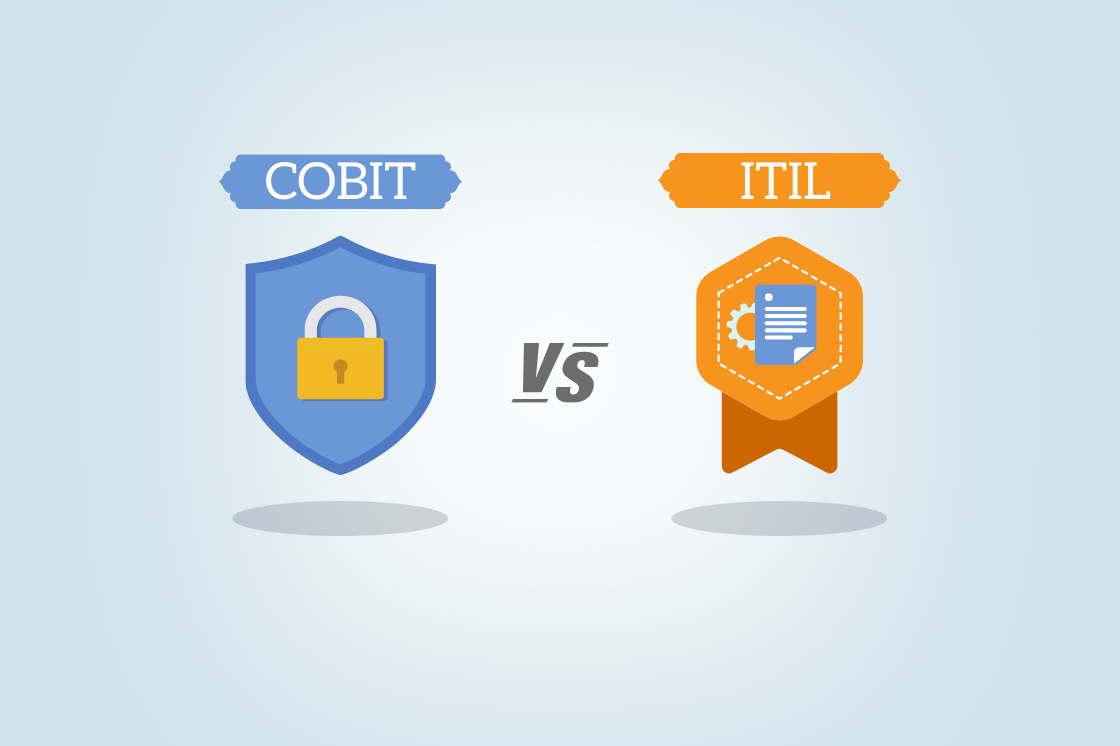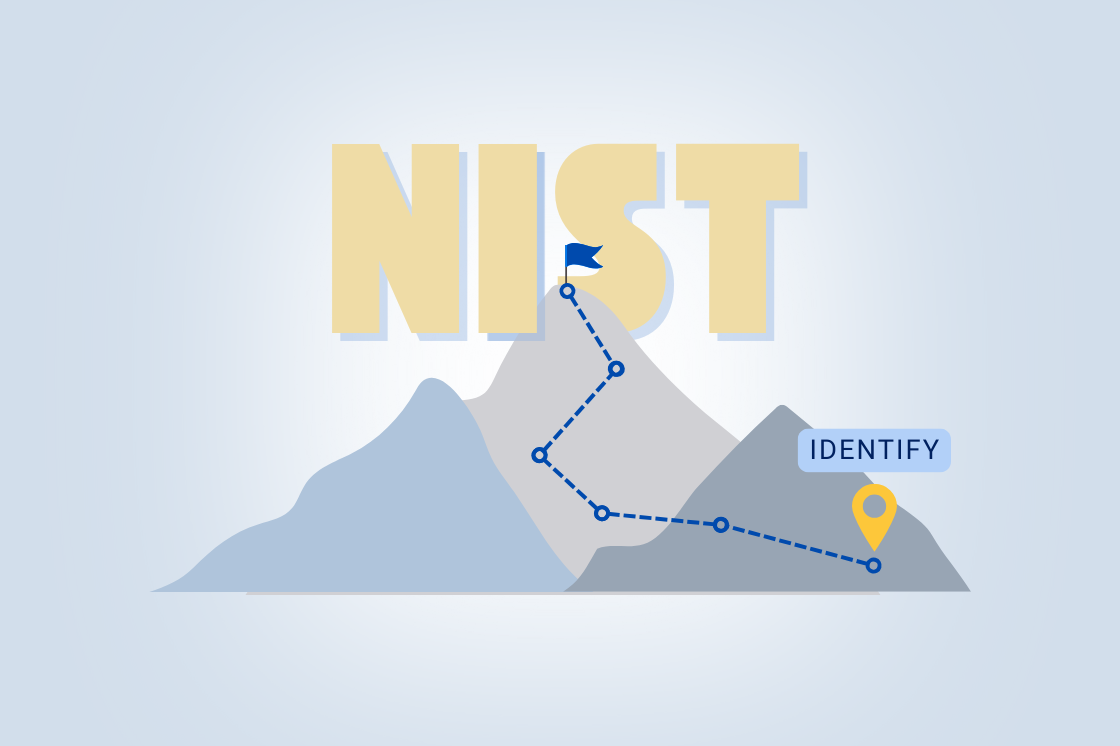Summiting Cybersecurity with the NIST CSF: Detect Threats Early
Even the most experienced climbers know that preparation isn’t enough. Conditions can change, routes can collapse, and threats can emerge from unexpected places. The difference between success and failure often comes down to early detection.
“No matter how well you prepare, danger can still appear on the trail. What matters is how early you see it .”
In our last article, we explored how the Protect Function strengthens your defenses. But protection alone won’t keep your business safe. You also need the ability to detect threats in real time — before they escalate.
In this fourth article of our executive series, we continue our ascent by focusing on the Detect Function of the NIST Cybersecurity Framework (CSF) 2.0.
What Is NIST CSF: Detect
The Detect Function in NIST CSF 2.0 focuses on identifying cybersecurity events quickly, reliably, and with enough precision to enable timely response. This isn’t about guesswork — it’s about visibility, monitoring, and situational awareness.
It’s the function that helps answer:
- Is something unusual happening?
- How fast can we catch it?
- Can we isolate it before damage spreads?
Early detection is your last line of defense before business impact.
Detect in Practice: Two Key Categories
NIST CSF 2.0 defines two categories under the Detect Function:
- Continuous Monitoring (DE.CM)
Are we watching our systems and networks for signs of trouble?
Business value: Enhances visibility, accelerates detection, and minimizes the impact of undetected threats.
Key outcomes include:
- Detecting unauthorized access and configuration changes
- Monitoring network and system activity
- Establishing baselines to identify abnormal behavior
- Adverse Event Analysis (DE.AE)
Can we recognize and analyze threats when they occur?
Business value: Enables timely triage, strengthens containment, and improves response accuracy.
Key outcomes include:
- Recognizing indicators of compromise (IOCs)
- Validating the scope and severity of an event
- Correlating information across systems to inform decisions
zations are navigating blind in a high-stakes landscape.
How Detection Supports Operational Resilience
Detection is where preparation meets reality. It’s the moment when your safeguards are tested, and your ability to respond begins.
Early and accurate detection:
- Buys you time
- Contains damage
- Preserves trust
- Minimizes operational and financial disruption
In cybersecurity, what you don’t see can hurt you. That’s why visibility and vigilance are central to resilience.
Executive Perspective: Detection as a Business Enabler
From the boardroom’s view, detection is about protecting the business in motion. It supports:
- Risk-informed response: knowing what’s happening enables proportional, timely action
- Regulatory confidence: timely detection supports compliance with breach notification rules
- Brand integrity: the faster you detect, the less likely customers will be impacted
The Risk of Under-Detecting
Organizations that neglect the Detect Function may experience:
- Long delays in discovering breaches
- Greater damage from attacks that go unnoticed
- Poor visibility into root cause and recovery scope
- Reputational damage from uncontrolled escalation
Detection failures aren’t just technical — they’re leadership blind spots.
Key Takeaways
- Detection ensures your cybersecurity strategy is grounded in real-time awareness
- It’s about signals, speed, and action — not just dashboards
- Strong detection protects operations, customer trust, and brand resilience
- Detection isn’t reactive — it’s proactive risk mitigation
Final Thought: Watch the Trail
You’ve planned your route, secured your gear, and started the climb. But now, it’s time to look up — and stay alert. Because the faster you detect a threat, the faster you can adapt.
In cybersecurity, vigilance isn’t optional — it’s strategic. And detecting danger before it strikes is the only way to stay ahead of the mountain.
Next in the Series:
Summiting Cybersecurity with the NIST CSF: Respond with Confidence
Once you detect a threat, how do you act quickly — without losing your footing?
About This Series
Summiting Cybersecurity with the NIST CSF is a 7-part executive journey through the critical stages of cybersecurity resilience. Like climbing a mountain, cybersecurity success requires careful planning, preparation, and step-by-step execution. Guided by the NIST Cybersecurity Framework (CSF) 2.0, this series breaks down complex security principles into plain English — helping leaders understand not just what to do, but why it matters for business resilience and growth.


